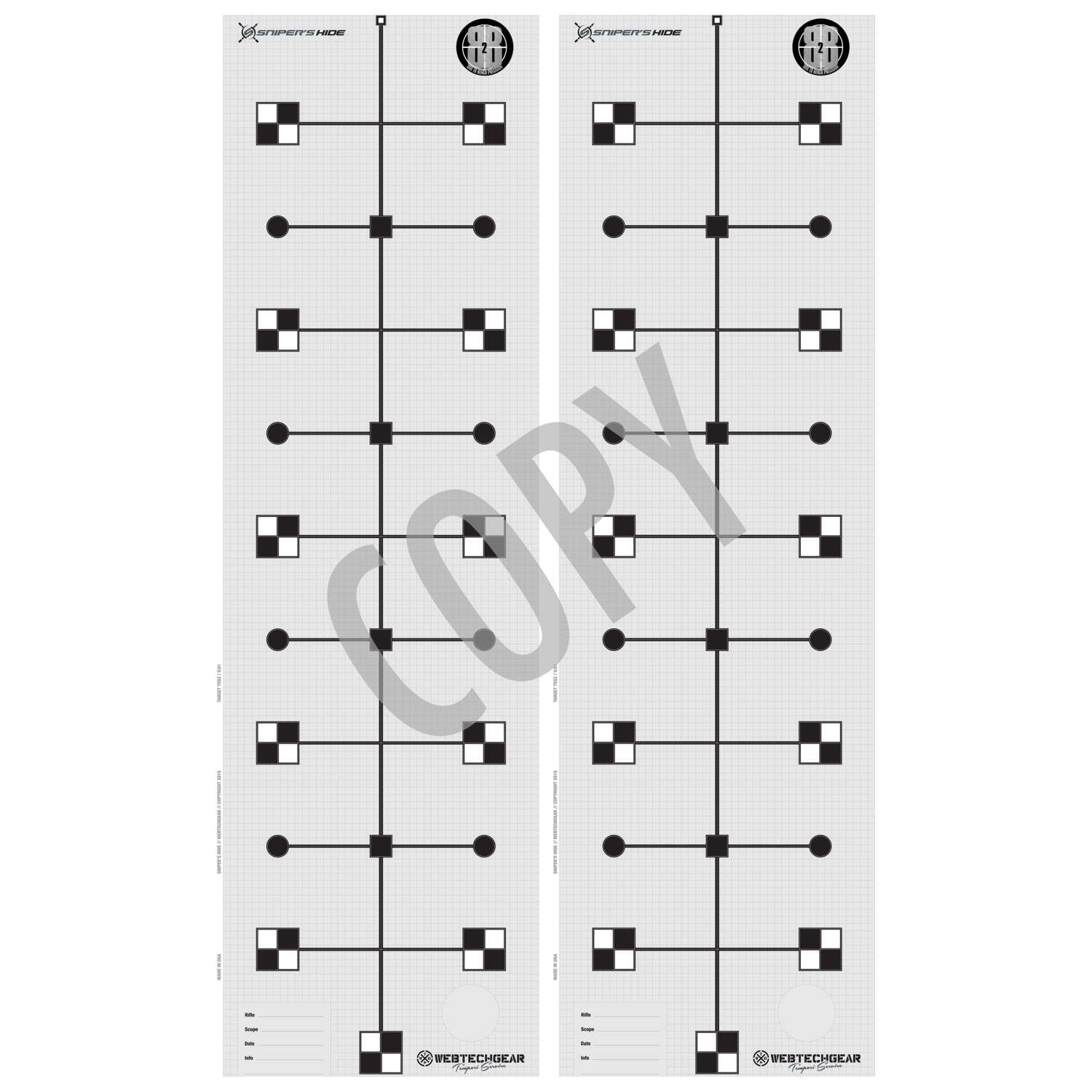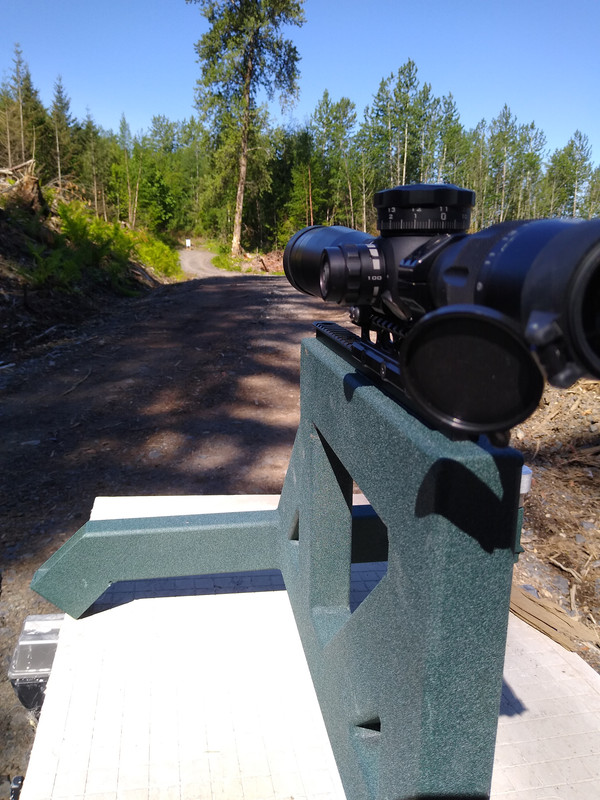I was wondering, would it be reasonable to confirm the tracking accuracy of a rifle scope without having to shoot ammunition? It's not so much a matter of using ammunition...but rather it could be effected in a suburban back yard.
I thought perhaps measuring out/drawing a 3 MIL x 3 MIL grid with ½ MIL gradation on a plumbed to gravity paper target at 100-200 yards, maintain the rifle/scope unit fixed and stable….. and rotate the turrets to see if the reticle follows or deviates from the grid.
Does this sound reasonable?
thank you
I thought perhaps measuring out/drawing a 3 MIL x 3 MIL grid with ½ MIL gradation on a plumbed to gravity paper target at 100-200 yards, maintain the rifle/scope unit fixed and stable….. and rotate the turrets to see if the reticle follows or deviates from the grid.
Does this sound reasonable?
thank you







